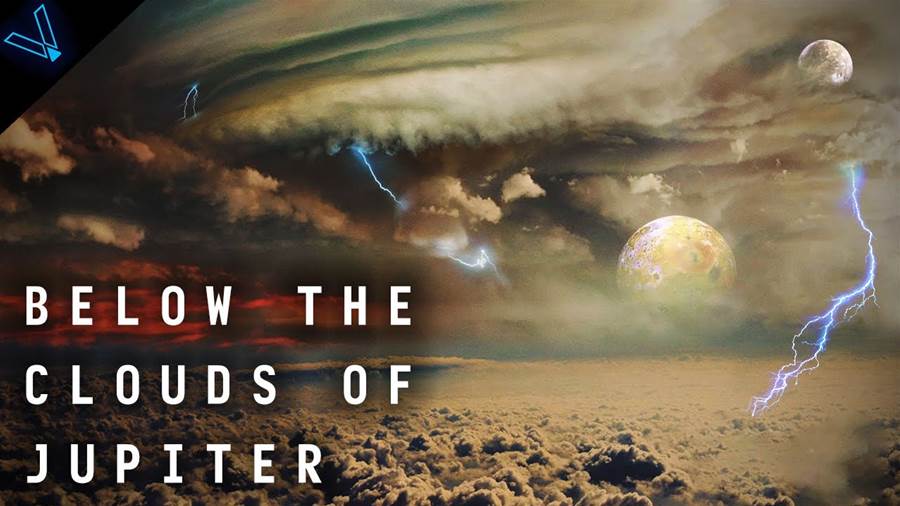
Jupiter is the largest planet in our solar system and is often referred to as a gas giant. While we have limited knowledge about the planet's interior, scientists have been able to gather some information about what lies beneath its thick cloud layers. With the help of advanced technology and simulations, researchers have gained insights into the possible characteristics present inside Jupiter.
The gas giant is composed mainly of hydrogen and helium, but at its core, there could be a rocky, metallic center. Scientists believe that this core may be about 20 times the mass of Earth. However, its exact composition and size remain uncertain.
Going deeper into Jupiter, the pressure and temperature increase significantly. The immense pressure in the planet's interior would cause hydrogen gas to behave like a metal, creating a layer of metallic hydrogen. This layer, created under such extreme conditions, is believed to be responsible for generating Jupiter's powerful magnetic field.
The giant planet is also known for its iconic bands and storms. These dynamic features result from the interaction of different atmospheric gases. Researchers have suggested that the bands may extend deep into Jupiter's atmosphere, with different gases mixing and interacting at varying depths.
Furthermore, simulations and studies have indicated that below the visible cloud layers, Jupiter's atmosphere gradually transitions into a hot, dense soup of gases. This region, known as the "inner convective zone," experiences turbulent motions caused by the drastic temperature and pressure changes. Deep inside, these gases would compress even further, creating conditions where exotic forms of matter could exist.
Overall, while our knowledge of Jupiter's interior is limited, scientists have made significant progress in understanding the planet's hidden layers. By studying its composition, pressure, and temperature, researchers have been able to create simulations and models that provide insights into what it might be like below the clouds of this gigantic gas giant.
With ongoing research and future missions, scientists hope to gather more data to develop a better understanding of Jupiter's internal structure. Exploring the mysteries of this vast planet will not only deepen our knowledge of the solar system but also enhance our understanding of gas giants in general.








